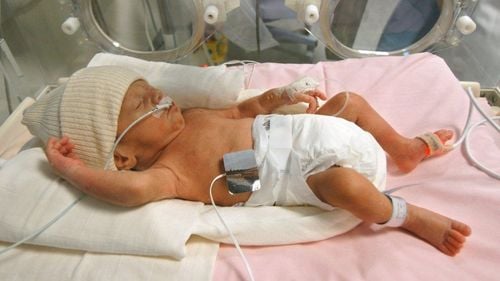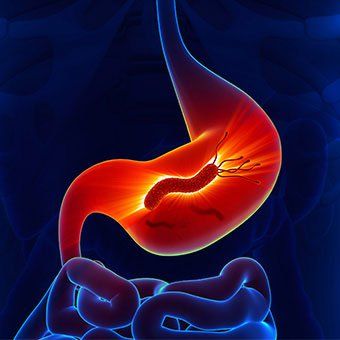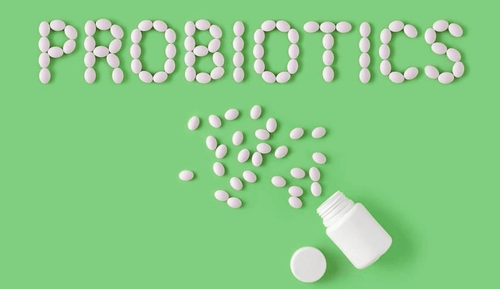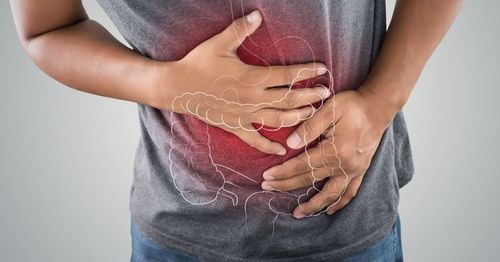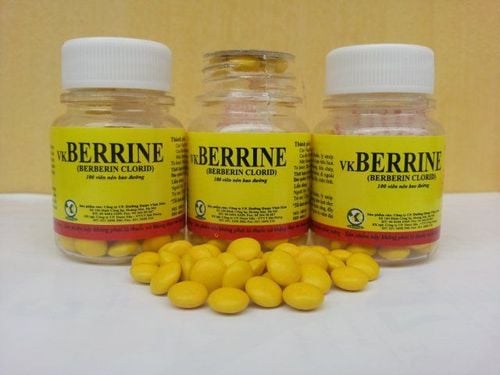This is an automatically translated article.
Clostridial is a gram-positive bacillus present in soil dust, plants and in the gastrointestinal tract of mammals. When entering the gastrointestinal tract, Clostridial produces exotoxins that destroy tissues and nerves, causing infections in the abdomen and the whole body.
1. What is Clostridial bacteria?
Clostridial or Clostridium difficile (C. difficile) is a bacterium found in the gastrointestinal tract of healthy adults (3%) and was once thought to be part of the normal intestinal flora. With the introduction and development of antibiotics, the rate of Clostridial infections increased significantly, becoming one of the most important nosocomial infections today.
Clostridial is a gram-positive, obligate anaerobic, spore-forming, disease-causing exotoxin. In nature, C. difficile exists in two forms: an inactive spore form that is not affected by antibiotics and an active form that exists only in the colon of humans and some animals, can cause disease and is affected. action of antibiotics.
Bacteria are transmitted by spores in the gastrointestinal tract. After entering the stomach, the spores germinate and turn into an active form under the influence of bile acids. Clostridial toxin can cause mild to severe diarrhea, pseudomembranous colitis, toxic megacolon, more severe cases can be fatal.
Along with the development and overuse of antibiotics, new strains of Clostridial bacteria are increasing in number, infectivity and toxicity to the body. Risk factors for infection include: antibiotic use, advanced age, hospitalization, and some immunocompromised diseases.
Two common and dangerous diseases caused by Clostridial are pseudomembranous colitis and necrotizing enterocolitis.
2. Clostridial diarrhea (Pseudomembranous colitis)
After using antibiotics (especially 3rd generation Cephalosporin antibiotics, penicillin, clindamycin), long-term hospitalization, chemotherapy in cancer treatment, etc. will cause Clostridial bacteria strains to multiply. strong in the gastrointestinal tract. Bacterial toxins affect mainly the colon, forming pseudomembranous membranes, causing the colon to secrete a slightly yellowish white fluid that can be easily peeled off. These arrays can be linked together in extreme cases.
Patients will experience symptoms such as: abdominal cramps, thick stools, watery diarrhea many times, possibly bloody stools, rarely, sepsis and acute abdominal pain (abdominal surgery).
In this case, the patient is assigned a stool culture to look for pathogenic bacteria. The treatment method is prescribed by prescription of Metronidazol 250mg/time x 4 times/day or Vancomycin 125mg/time x 4 times/day. Use the drug for 10 days, if the patient does not respond or relapse can be treated for up to 21 days.
3. Necrotizing enterocolitis due to Clostridial infection
Infection with toxin-causing strains of Clostridial, protein-deficient diet, local vascular damage,... are common causes of necrotizing enterocolitis. In addition, cases of roundworm infection, unhygienic eating, sweet potato diet, Ascaris infection, ... inhibiting the trypsin enzyme of the stomach (the enzyme can resist Clostridial's toxins). ) also causes necrotizing enterocolitis.
Some symptoms of necrotizing enterocolitis include: dull or intermittent abdominal pain, fever, bloody stools, vomiting, nausea, possibly distention due to intestinal obstruction, manifestations of shock due to gangrene perforation of the gastrointestinal tract.
To diagnose the necrosis, the doctor will appoint: Culture of stool for pathogenic bacteria; imaging studies such as abdominal ultrasound, laparoscopy,...
Treat this disease by using antibiotics and intravenous electrolytes. If there is no response to medical treatment, complications occur with intestinal perforation, intestinal obstruction or peritonitis, ... need surgery to remove the necrotic intestine soon.
4. Measures to prevent intra-abdominal Clostridial infection
Environmental sanitation, sanitation of domestic water sources, safe waste treatment to destroy bacterial spores. Food hygiene and safety, eating cooked and drinking boiling water, limiting raw food, limiting fast and processed foods. Wash your hands before cooking, before eating and after using the toilet. Maintain a nutritious diet, avoid abstinence or fixate on one food. Exercise, improve the body's resistance. In a nutshell, Clostridial is a bacterium present in the environment and gastrointestinal tract. Under normal conditions, bacteria do not cause disease, but when the body's resistance declines, long-term use of antibiotics, hospitalization for treatment or due to unsanitary nutrition and hygiene, will cause bacterial infection. Bacteria multiply, produce toxins that cause many serious diseases for the body. Therefore, eating and drinking hygiene and improving the body's condition are necessary to prevent Clostridial infections.
Please dial HOTLINE for more information or register for an appointment HERE. Download MyVinmec app to make appointments faster and to manage your bookings easily.




